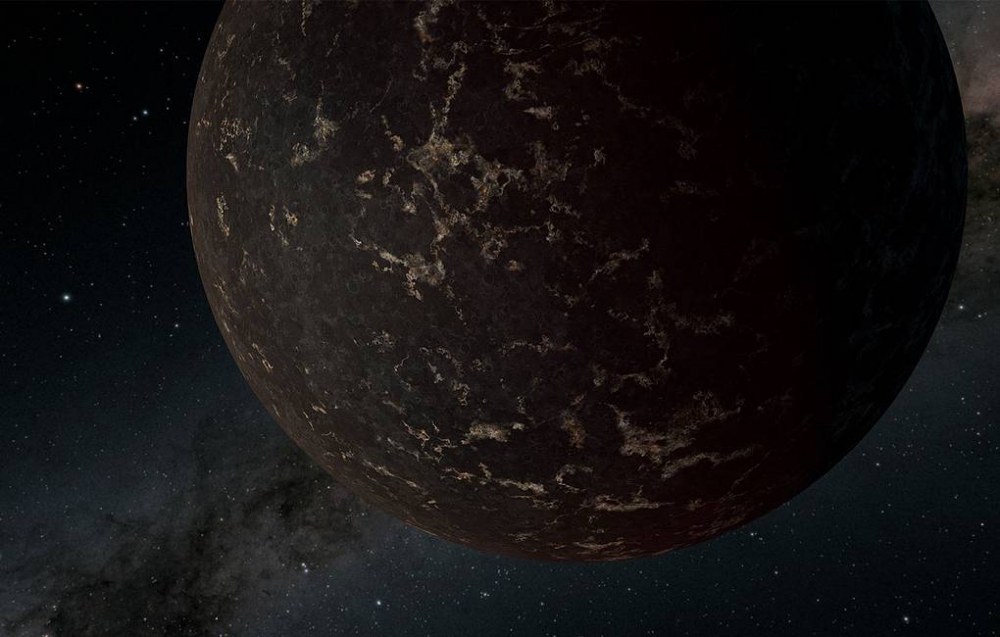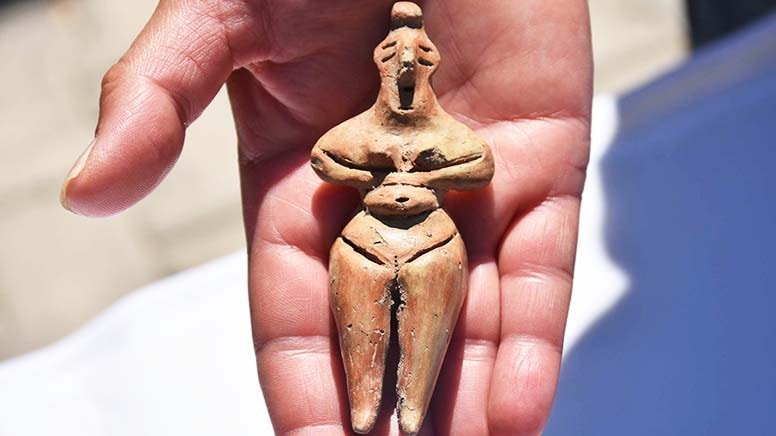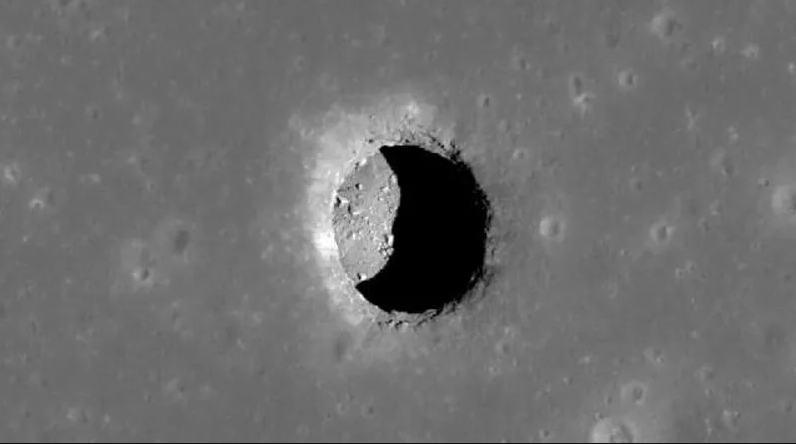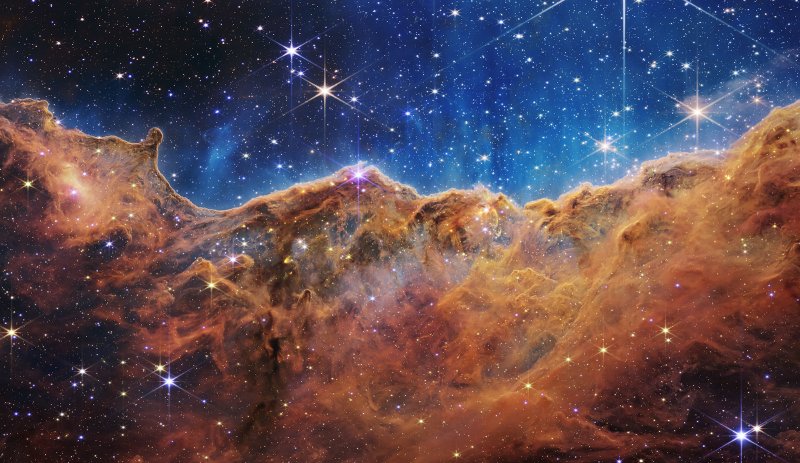
- A-
- A
- A+
Astronomers have discovered a potentially habitable world
Astronomers have discovered a potentially habitable world just 31 light-years away, thanks to NASA's planet-hunting telescope.
NASA'sTransiting Exoplanet Survey Satellite telescope discovered a new planet orbiting a star in the Hydra constellation. When scientists examined the data, they noticed two other planets circling the star.
One of these new worlds could support liquid water if its atmosphere is thick enough. Scientists need to study it further to find out whether that's the case.
At only 31 light-years away, the newly discovered planet is among the closest exoplanets ever detected.
Visit Business Insider's homepage for more stories.
Just 31 light-years away, one of the closest worlds ever detected could harbour liquid water on its surface.
NASA's Transiting Exoplanet Survey Satellite, or TESS - a super-powerful orbiting telescope that scouts the sky for alien worlds - spotted a new planet circling a nearby star in the Hydra constellation. When astronomers checked the star for confirmation, they discovered two more worlds orbiting it.
One of those planets, called GJ 357 d, could support liquid water if it turns out to have a thick atmosphere and be made of rock.
It's among the 45 closest exoplanets confirmed to date, out of a total 4,025 planets tallied so far outside our solar system.
This planet system is the third-closest identified using the "transit" method, in which telescopes watch for tiny dips in a star's brightness that could be caused by a planet passing in front of it. The Kepler telescope pioneered the technique, though it's been refined by TESS.
The promising planet is in its star's "habitable zone," the range of distances in which a rocky world could have the right surface temperature for liquid water to exist.
"GJ 357 d is located within the outer edge of its star's habitable zone, where it receives about the same amount of stellar energy from its star as Mars does from the Sun," Diana Kossakowski, a member of the team that discovered the planet, said in a press release.
Similar News
Links



 Elm TV
Elm TV
 Photo
Photo
 Video
Video





